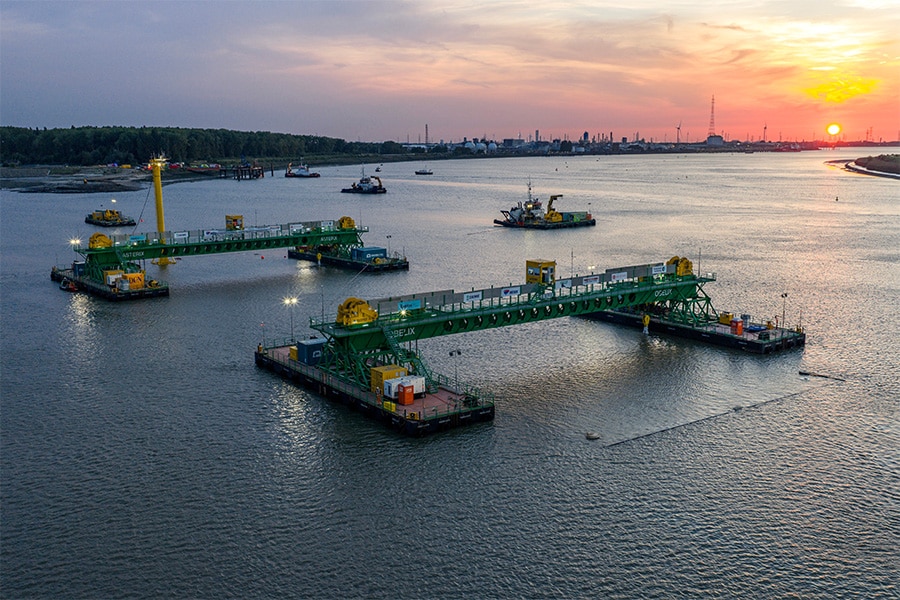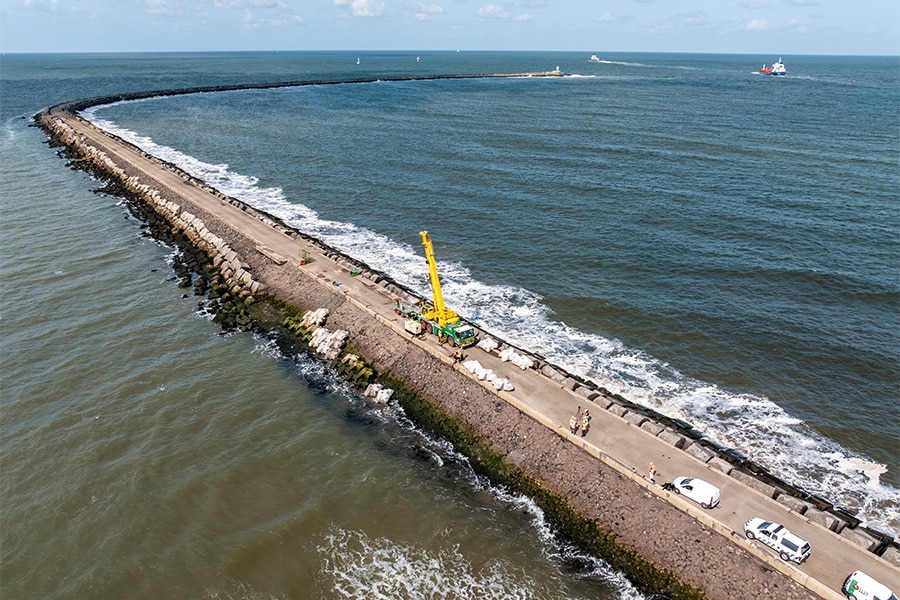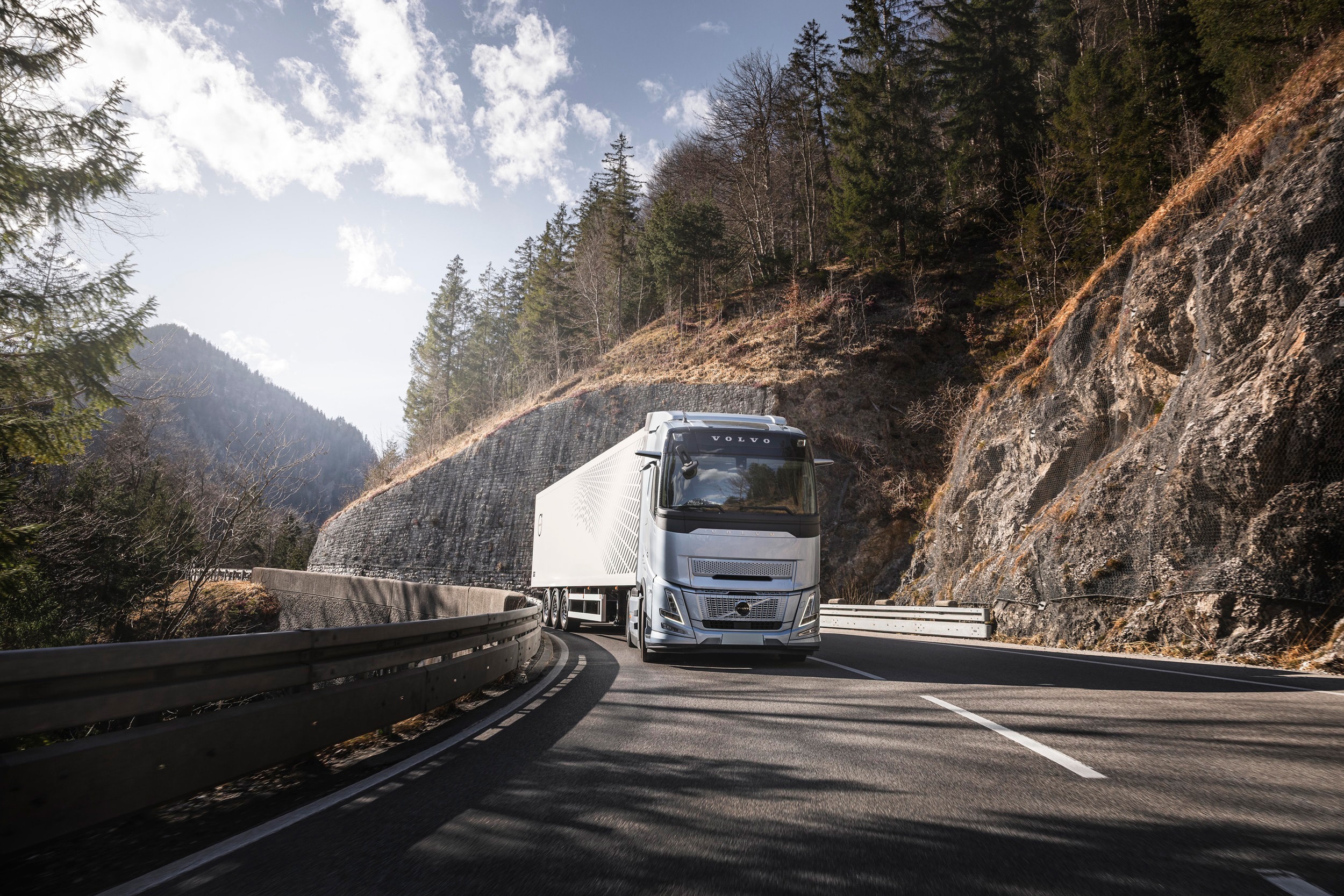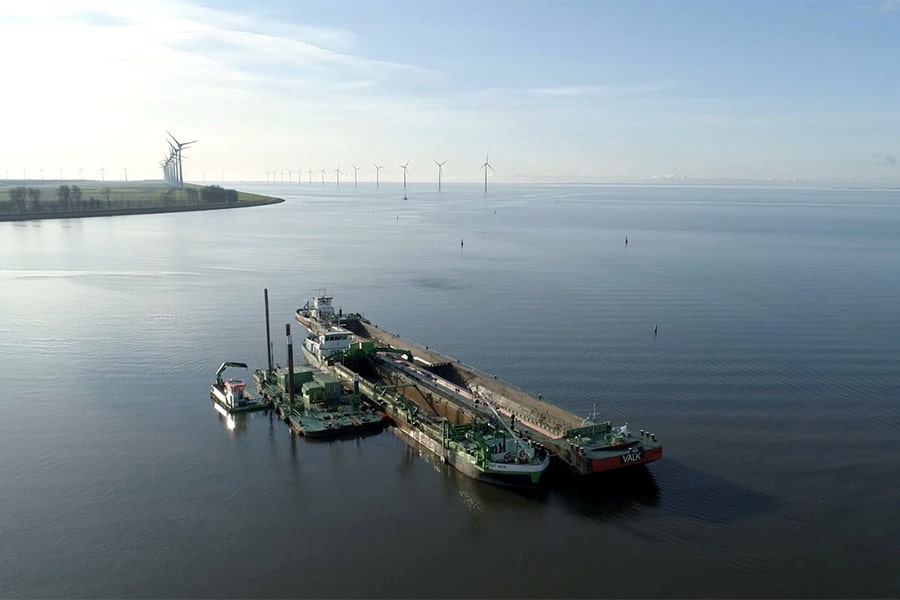
Working together for a vital hydraulic engineering sector
Sustainability, innovation and circularity are important themes in hydraulic engineering. Because of the 'excessive' regulations, the industry is now in a less favourable position with regard to circularity than five years ago. At the same time, far-reaching investments are expected from us in emission reduction and greening of the hydraulic engineering fleet. So says advisor Yves Marsé of the Association of Hydraulic Engineers. He advocates more government direction in which sustainability and circularity are tackled integrally.
The Association of Hydraulic Engineers is the employer and business association for contractors and service providers in hydraulic engineering. "We represent the interests of our 91 members and work together continuously to ensure a vital hydraulic engineering sector in both fresh and salt water," says Yves. "In doing so, we focus exclusively on companies operating in the Netherlands. It ranges from large dredgers to small companies engaged in dredging ditches, for example, and everything in between."
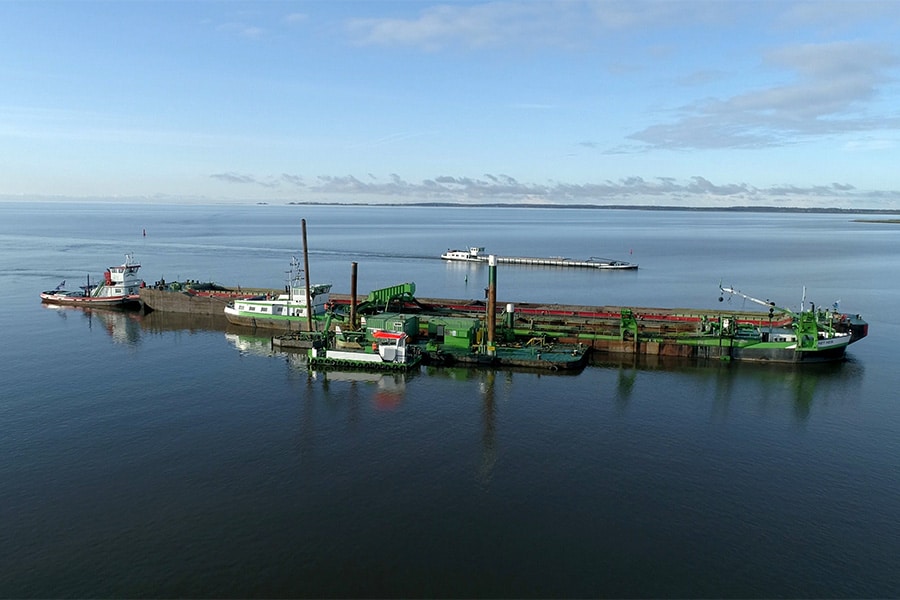
Long-term vision
In the context of clean and zero-emission construction, the Association of Hydraulic Engineers has been working with Rijkswaterstaat, several water boards and the Port of Rotterdam Authority, among others, on a transition path for hydraulic engineering. "The government currently has a rather inconsistent policy when it comes to sustainability," Yves believes. "There is a need for clarity and especially for a unified long-term vision to achieve the intended goals of 55% CO2 reduction and 60% nitrogen reduction by 2030. As an industry, we are happy to conform to this provided a number of preconditions are met. We have therefore jointly done the necessary "preliminary work" and worked on a transition path that has now been presented to the cabinet. Hopefully it will be approved in the fall, so that there will be an investment perspective for the market to make it more sustainable. There is a lot of ambiguity right now in particular, which makes it difficult to justify investments."
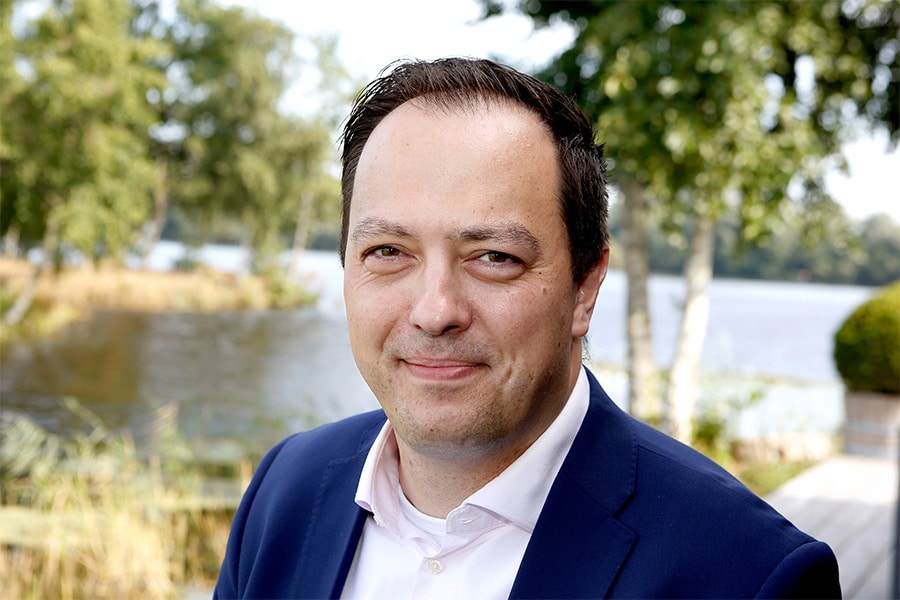
Step by step to the ambition level
The transition path was drawn up according to the clean and emission-free building (SEB) systematics and consists of two parts. "On the one hand measures to meet the minimum requirements and a second part with an even higher level of ambition, the upper limit," says Yves. "Both parts are broken down into four periods of a few years each in order to step by step reach the reduction targets and ambitions in 2030. For each period, the minimum engine and fuel carrier requirements are specified. For 2028, CCNR2 has been set as the minimum requirement. Importantly, this is the weighted average of all engines present on board. For the second part of the transition path, the availability of financial resources is a serious bottleneck. It remains to be seen to what extent the government will go along with this in order to realize these ambitions. We have commissioned TNO to study the sustainability options for the freshwater fleet. It is not possible to use zero emission equipment everywhere, and where it is possible, it will require a factor 5 to 10 higher investment, which amounts to some 300 to 400 million in additional costs until 2030. The question we all have to ask and which is now before the government is: are we willing to pay for it?"
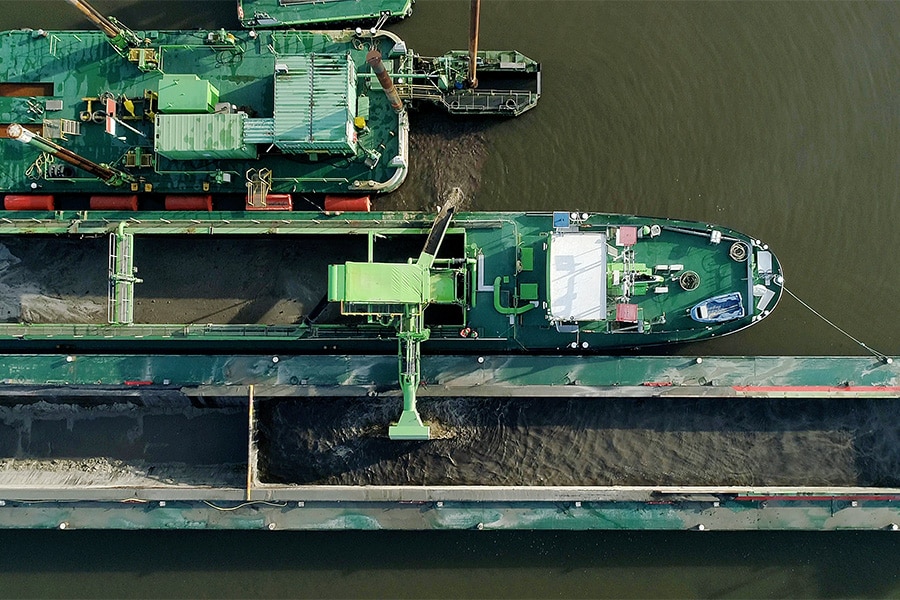
According to circular thinking, you should preferably reuse soil or dredged material released from a work locally, Yves rightly argues. "Until a few years ago, that's what happened. Unfortunately, regulations are throwing up more and more obstacles, PFAS being the most pressing example. On the one hand, you have industry that is allowed to put kilograms into our environment via air and water. In dredging, of course, you find that. In itself not a problem, were it not that for us the standards are set at tenths of micrograms. That is a billion times smaller (!) and therefore totally disproportionate. It is also much stricter than other substances are handled. The result is that as a contractor you have to ship soil and dredge over ever greater distances to one of three landfill sites in the Netherlands, even though the material is often usable. That is anything but circular and contrary to the government's policy of encouraging reuse. Besides not being good for the climate because of extra emissions from transportation, it also costs a lot more money that could be much better spent on sustainability."
As an industry association, we would like to see circularity and sustainability tackled integrally so that you can make generic trade-offs, resumes Yves. "The current policy with increasingly strict standards on the back end is not sustainable in the longer term. It has to be seen in proportionality. A difficult political discussion that we continue to call attention to in The Hague to create a more realistic picture in this. Five years ago we were more circular than now. That realization is unfortunately not widely there, but is the consequence of the current policy."
